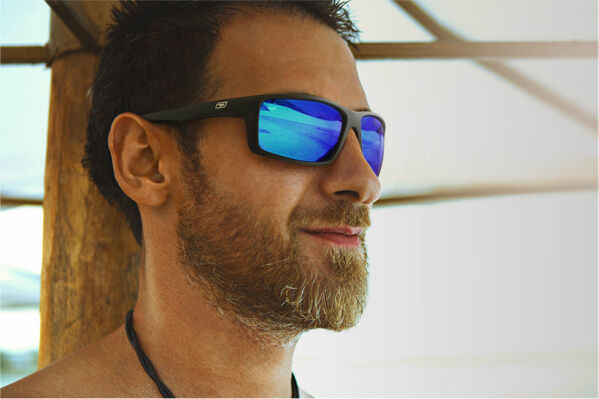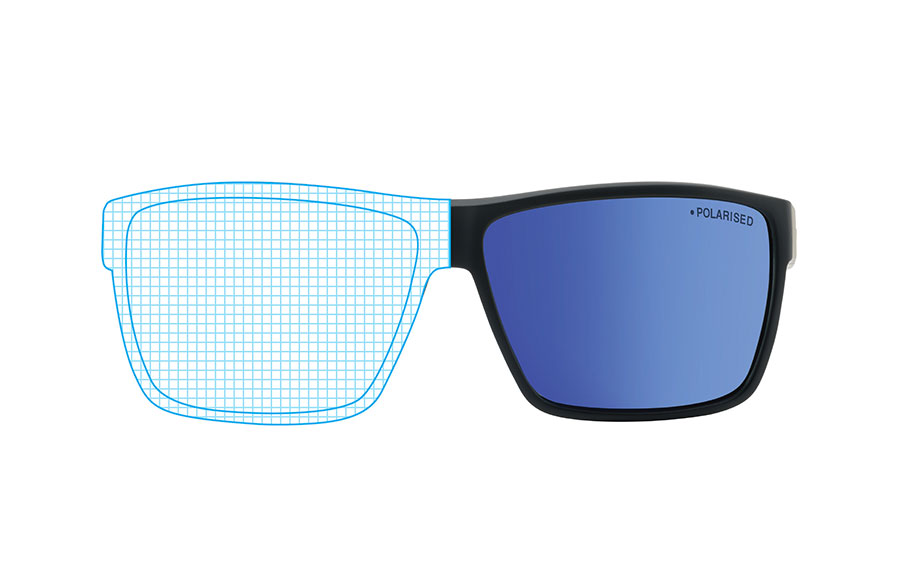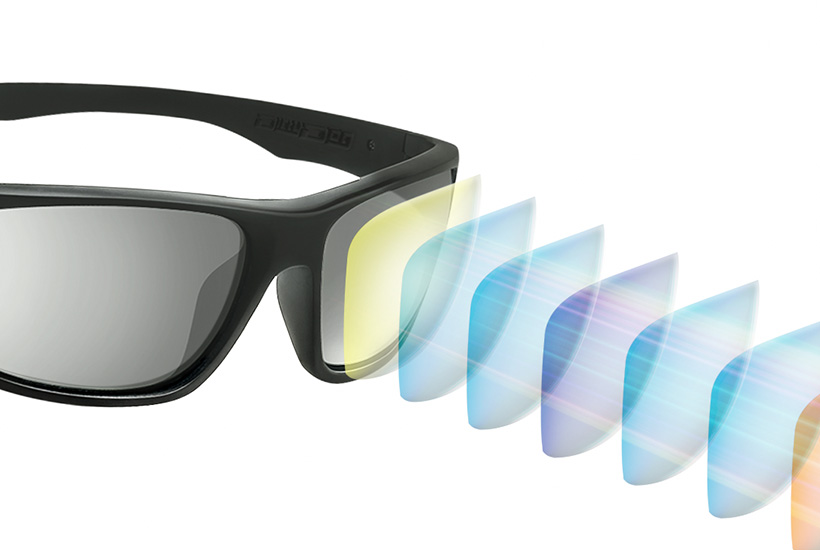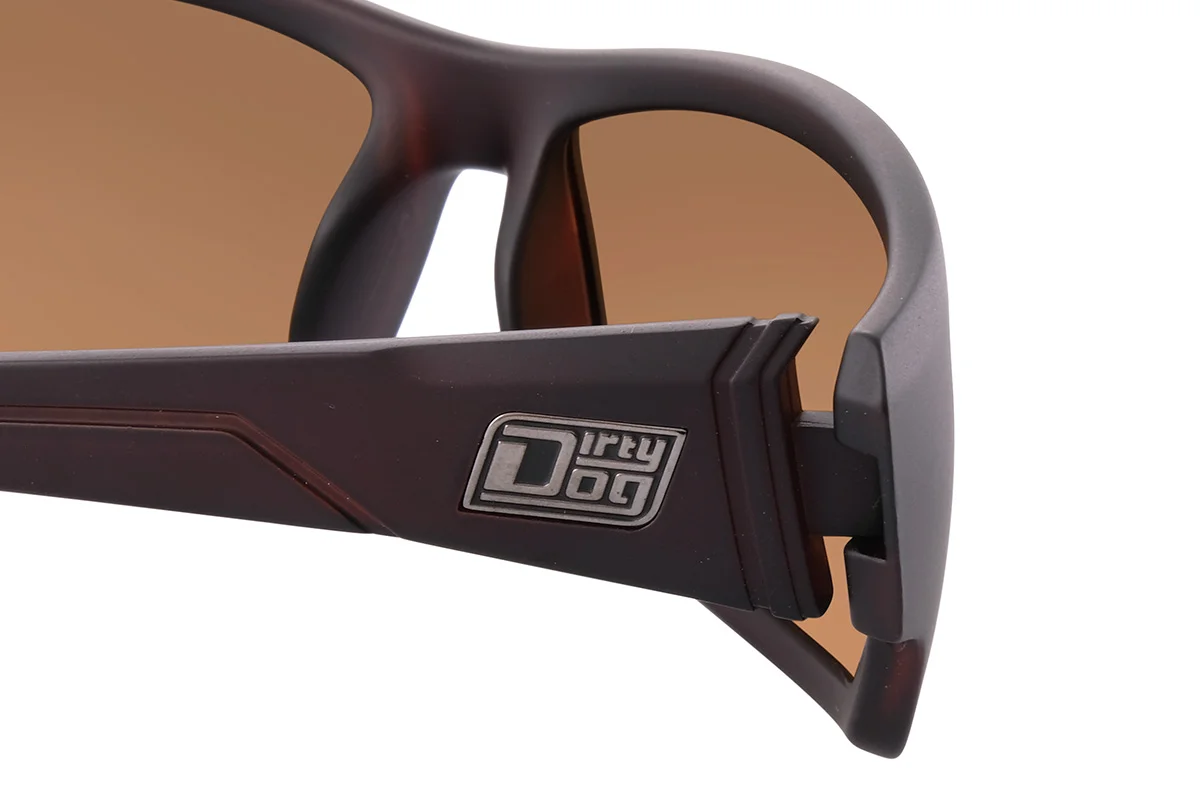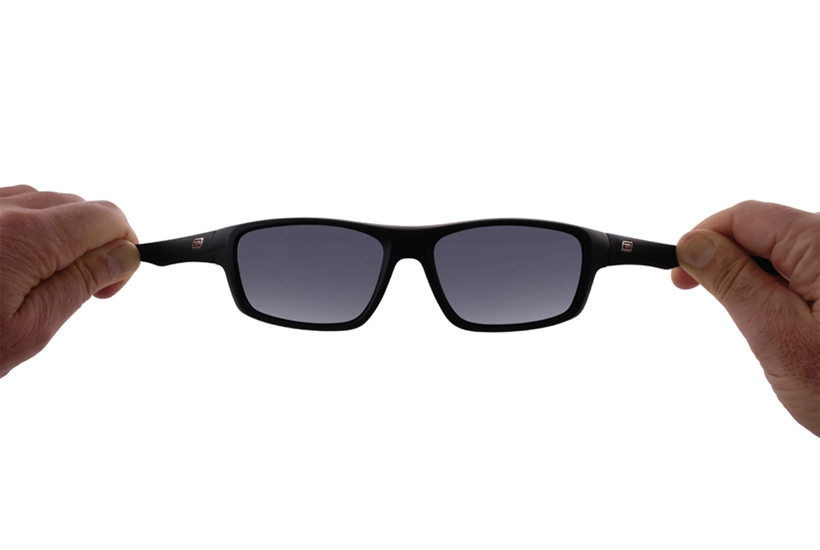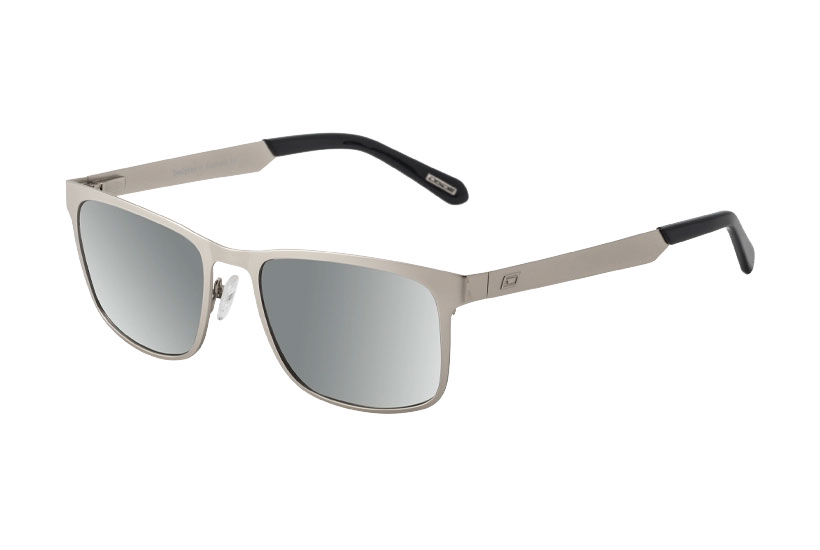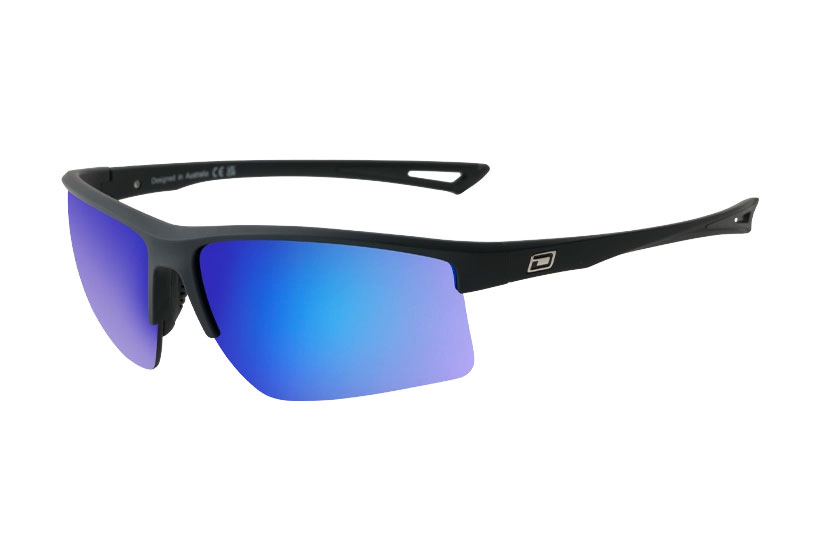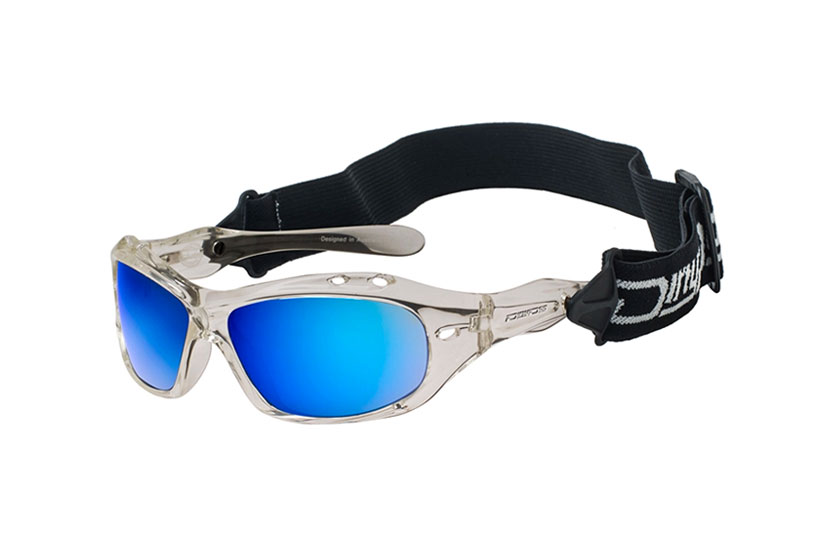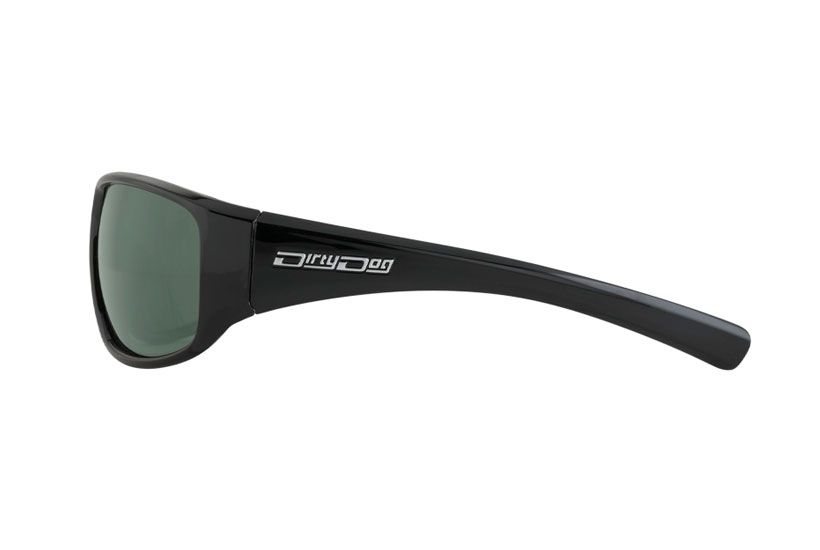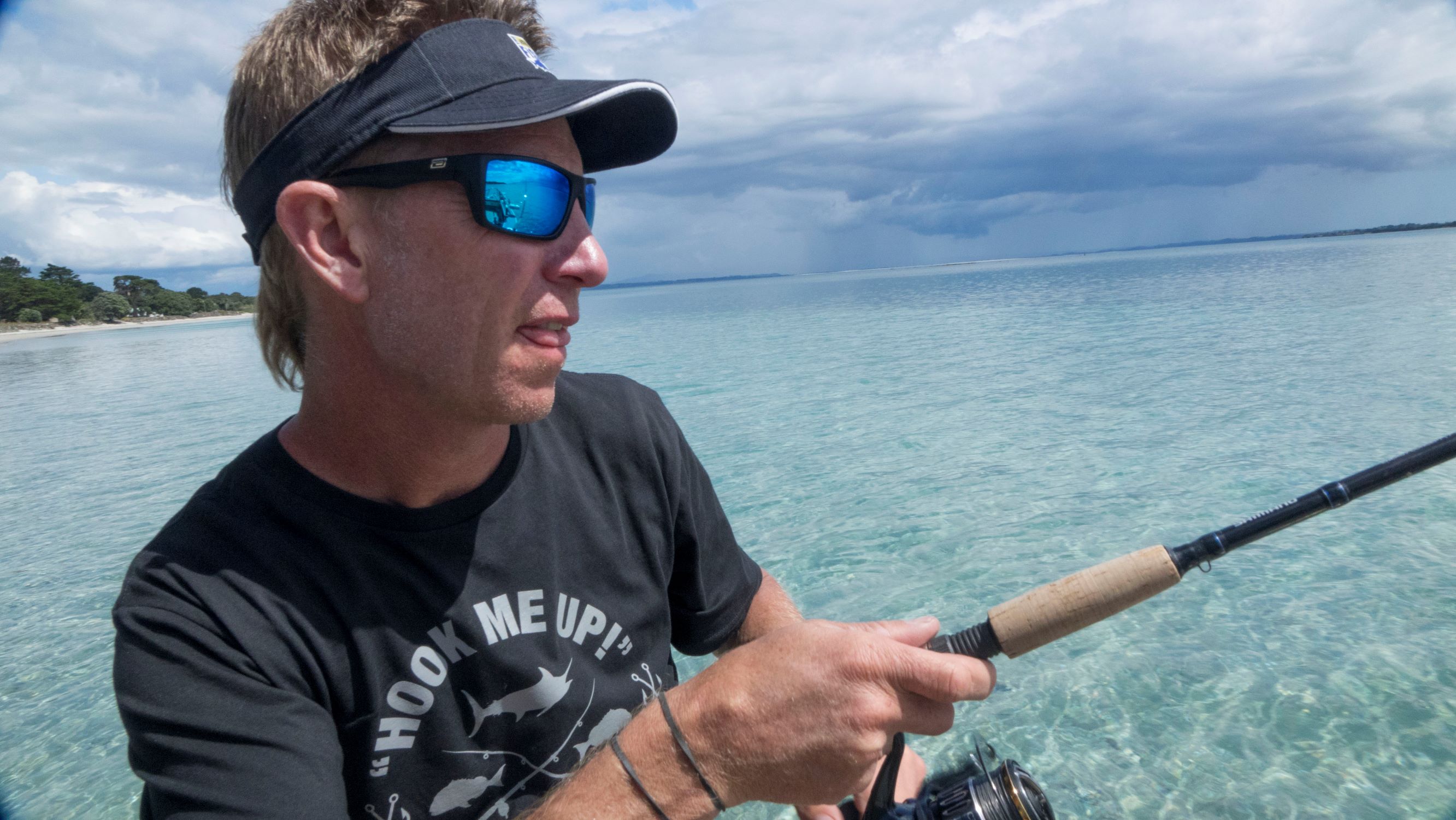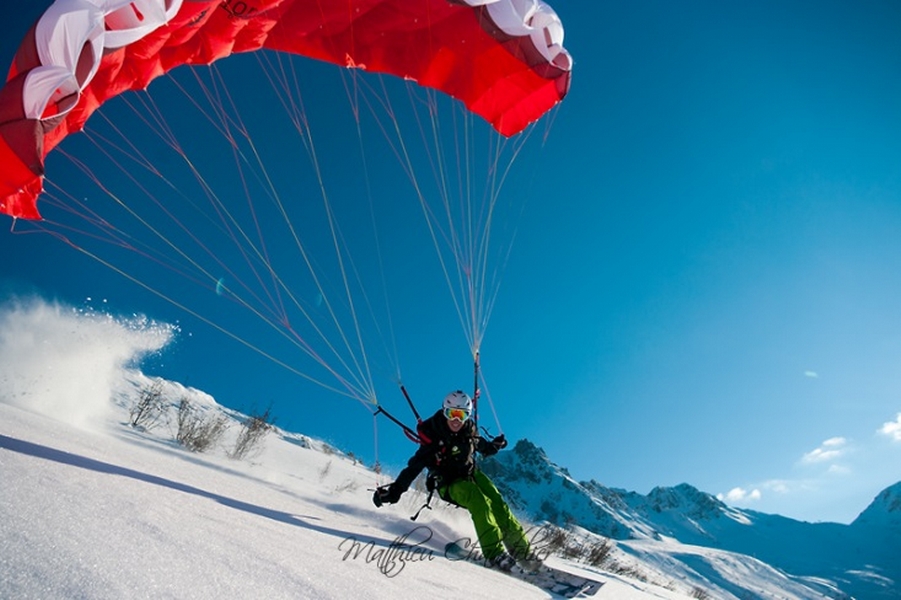Dirty Dog lenses exceed the optical requirements providing safe levels of sun protection for the European, US and Australian/New Zealand standards.
The international standard for sunglasses is ISO 12312, which was published in 2013. Part 1 specifies the physical and optical characteristics of glasses, including a range of UV protection levels. Part 2 specifies the test methods used to validate conformance with Part 1.
As of 2009, the European CE mark indicates that the glasses actually offer a safe level of Sun protection. The Australian Standard is AS/NZS 1067.1:2016 Sunglasses and fashion spectacles. The five ratings for transmittance (filter) under this standard are based on the amount of absorbed light, 0 to 4, with "0" providing some protection from UV radiation and sunglare, and "4" indicating a high level of protection, but not to be worn when driving.
The European standard EN ISO 12311 and EN ISO 12312 has four transmittance ratings: "0" for insufficient UV protection, "2" for sufficient UHV protection, "6" for good UHV protection and "7" for "full" UHVV protection, meaning that no more than 5% of the 380 nm rays are transmitted. Products which fulfil the standard receive a CE mark. There is no rating for transmittance protection for radiation of up to 400 nm ("UV400"), as required in other countries (incl. the United States) and recommended by experts.
Categories for the European standard, which are required to be marked on the frame:
Category 0 - 80%-100% transmission - for fashion, indoor use, or cloudy days
Category 1 - 43%-80% transmission - low sun exposure
Category 2 - 18%-43% transmission - medium sun exposure
Category 3 - 8%-18% transmission - strong brightness, light reflected of water or snow
Sunglasses sold in the United States are regulated by the Food and Drug Administration and are required to conform to safety standards. The U.S. standard is ANSI Z80.3-2001, which includes three transmittance categories. According to the ANSI Z80.3-2001 standard, the lens should have a UVB (280 to 315 nm) transmittance of no more than one per cent and a UVA (315 to 380 nm) transmittance of no more than 0.3 times the visual light transmittance. The ANSI Z87.1-2003 standard includes requirements for basic impact and high impact protection. In the basic impact test, a 1 in (2.54 cm) steel ball is dropped on the lens from a height of 50 in (127 cm). In the high velocity test, a 1/4 in (6.35 mm) steel ball is shot at the lens at 150 ft/s (45.72 m/s). To pass both tests, no part of the lens may touch the eye.





